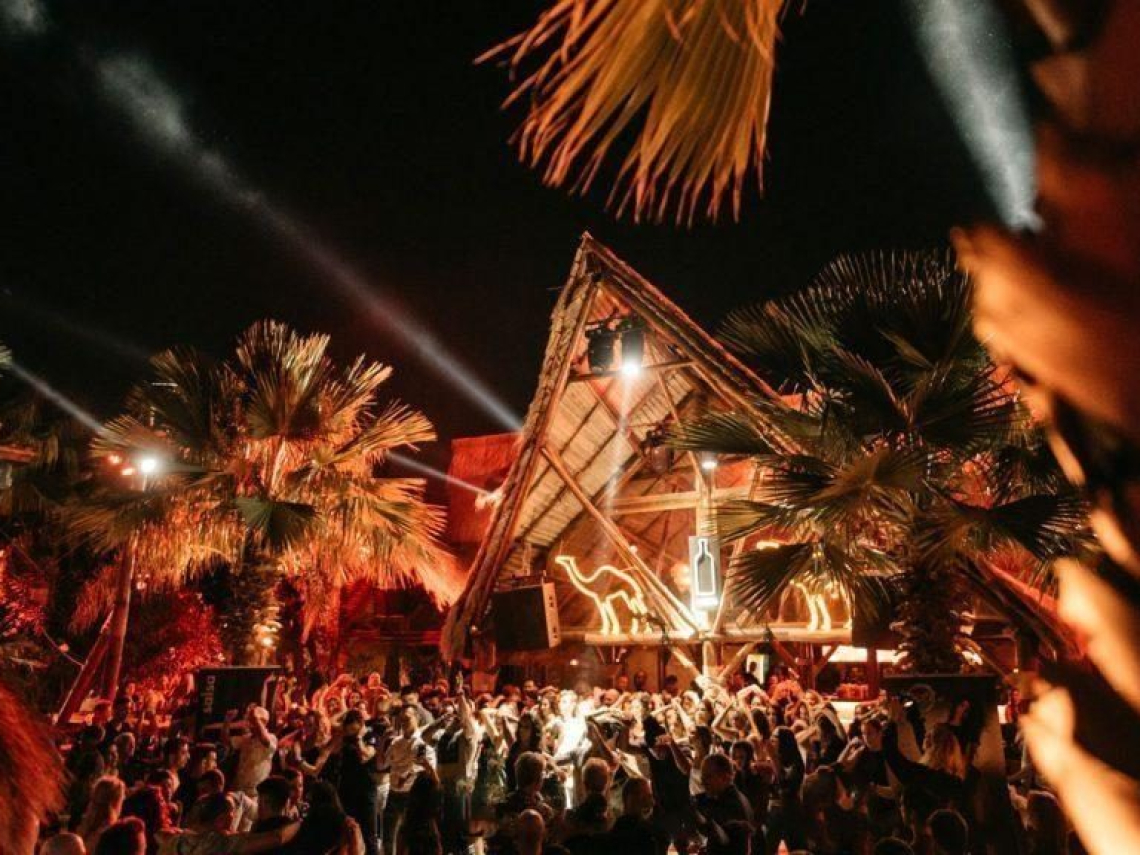Alimos

Alimos
Alimos was first inhabited in the Neolithic period. Back in antiquity it was known as the Municipality of the Leontius tribe and was the homestead of the great historian Thucydides. In the following years, during the Ottoman occupation, it belonged to Brahmah Pasha and Hassan Pasha. After the revolution of 1821 and the liberation of the Greeks, Alimos was one of the first cities of Central Greece, united in 1830 with free Greece. In 1927, it became a community of Kalamaki, while in 1968 - during the Junta period - it was declared a Municipality.
Today, Alimos is a modern suburb, a seaside town with the biggest asset of Marina Alimos bay, one of the largest in Greece, with more than 10,00 berths for yachts. Alimos boast beaches of natural beauty, such as the famous Little Limanaki but also organized mega-beaches. It has a large shopping center with many shops - mainly lighting fixtures and furniture - and it attracts customers from many parts of Attica. Alimos is served by 15 bus routes, 2 tram lines and the red line (line 2) of the metro, through which it is connected to neighboring municipalities, the center of Athens, the Port of Piraeus, and the Athens International Airport.











